The church building that preceded the Largo St David's Church in Lower Largo was built in 1771 as the Largo Relief Church. As far as I am aware there is no photograph or painting depicting this original church, which was demolished and replaced a century after its completion. The old church was however sketched multiple times by the children of James Gillies in the 1850s. These sketches still exist in the St Andrews University Library Special Collection. Although these are the drawings of children, and there is quite a bit of variation between them, the do provide a sense of the basic features of the church.
All depict some form of tower or steeple, topped with a weathercock (a weather vane in the form of a cockerel). Each shows that there was an upper level to the building. There also seem to have been quoins (external corner stones) which would have added strength to the walls, which were made of inferior rubble, as well as providing some simple aesthetic detail. This all tallies with the written records of the building which suggest it was a simple rectangular structure with entrance porch and internal balcony or 'gallery'. This gallery was originally supported by wooden pillars, until those were replaced with iron pillars in 1852.
We know that the construction of the 1771 church was a community affair, from the account given in an 1884 letter written to the editor of the Dundee Courier, signed "A United Presbyterian Member", and published on 15th November:
"men, women and children were alike zealous, and when the masons towards the end of their day's labours left off their work for the want of material, they were often surprised next morning to find an abundant supply - the men with barrows, the women with their aprons, and children with creels, having procured it for them overnight from the beach which skirts the village."
The weather cock (as well as being ornamental) would have been valuable in showing the wind direction. Wind changes made a big difference to the activities of local farmers and fishermen. The tail would catch the wind and the beak would point towards the direction from which the wind was blowing. Such weather vanes had been placed on churches for centuries. I wonder who made this feature and what happened to it when the church was taken down.
It was a vacancy at Largo Kirk in 1768 and subsequent controversial appointment of Reverend David Burn, that led to the establishment of Largo Relief Church. The portion of the congregation that were strongly opposed to this choice protested by leaving the church. These folk initially met in the open air to worship as an independent group but in 1770 they applied for (and were granted) pulpit supply from the Relief Church of Edinburgh. Soon afterwards, the newly formed congregation were given land from Mr Durham of Largo House upon which to erect a Church. The site was immediately to the east of the later Largo St David's Church.
We also know that at least one person was buried within the old church building - that being it longstanding minister Reverend James Gardiner. It is probable that there was some form of memorial tablet within the church to remember him. Over the century that it existed, there would have been many baptisms, marriages and funerals held within the church. An example baptism is shown below. This is for William Rodger, one of the Rodger family of Lundin Mill. See the words "in the presence of the Relief Congregation at Nether Largo".
The Largo Relief Church would have been uncomplicated but it would likely have reflected the church architectural style of the time. Perhaps it wouldn't have been dissimilar to other nearby churches of the era. A comparable example is shown in the images below, just across the Forth in North Berwick. This was the St Andrew's Kirk Ports Church, the tower of which was also completed in 1771. Note the irregular rubble walls, the simple memorial plaque on the interior and the stone internal staircase which would have provided access to a gallery.
The old Largo Relief Church became the United Presbyterian Church and underwent considerable repair and refurbishment over the years. However, the old building became 'tumble-down' in appearance and was replaced in 1871. For a century, the old church served its congregation well and many must have felt great sadness at its disappearance from the village landscape forever. It's intriguing to have some small insight into how it might have looked.
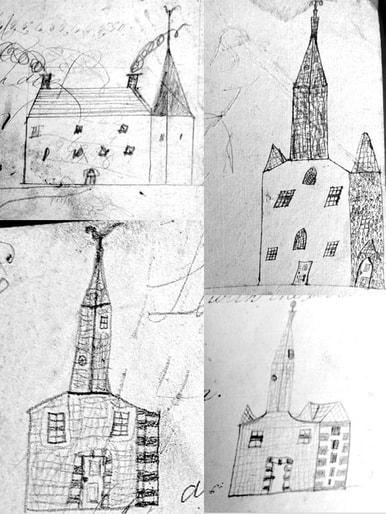
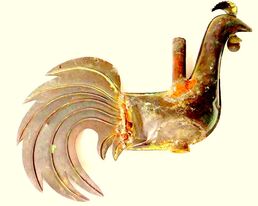
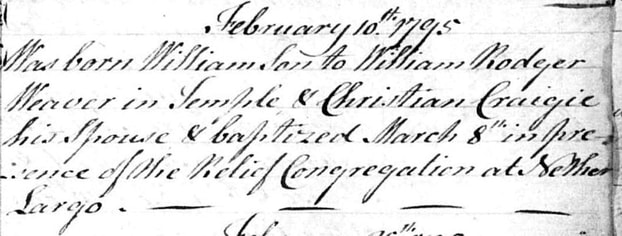
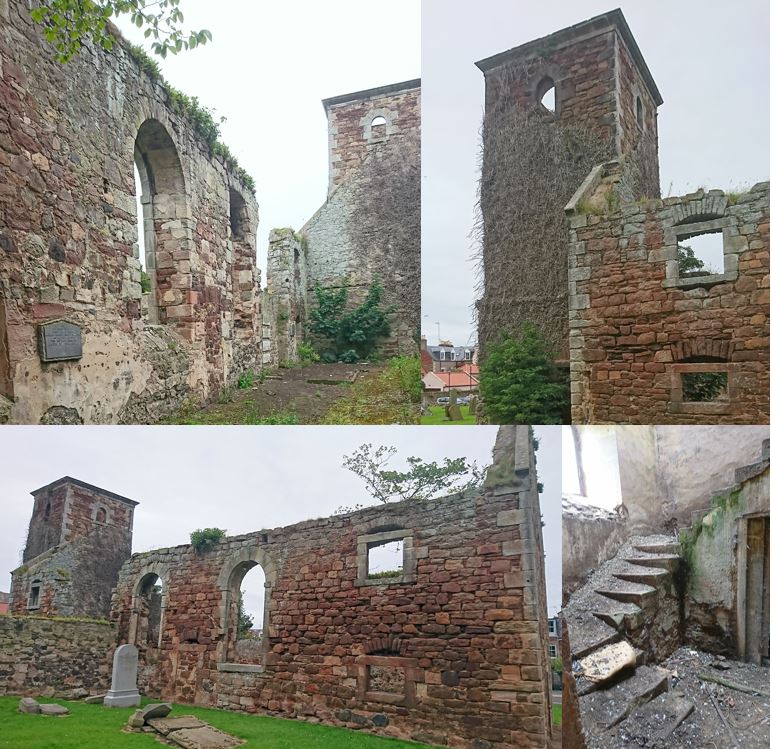

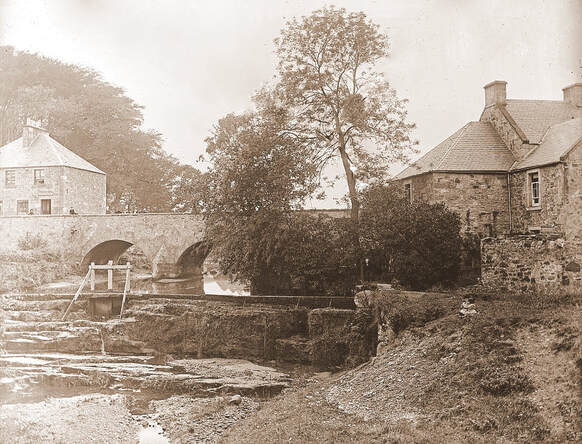

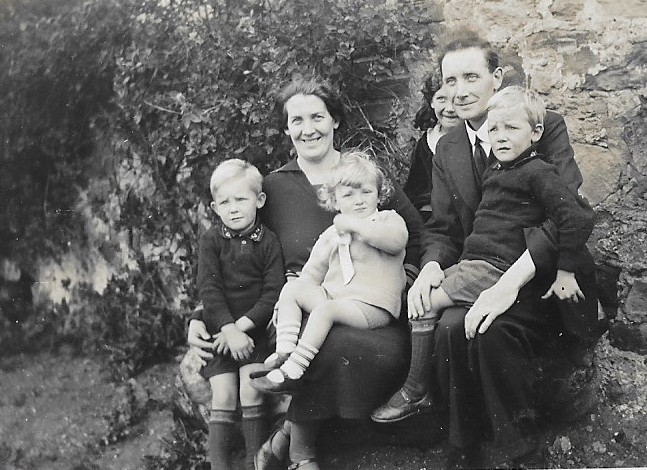

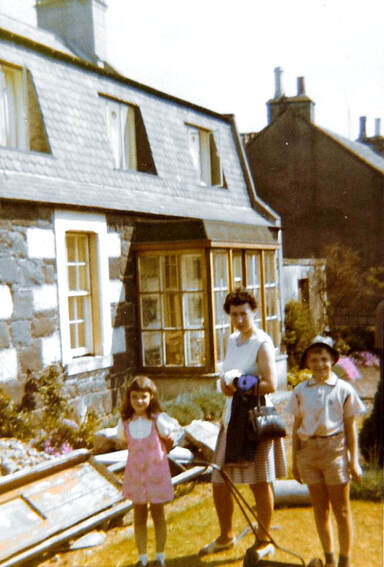
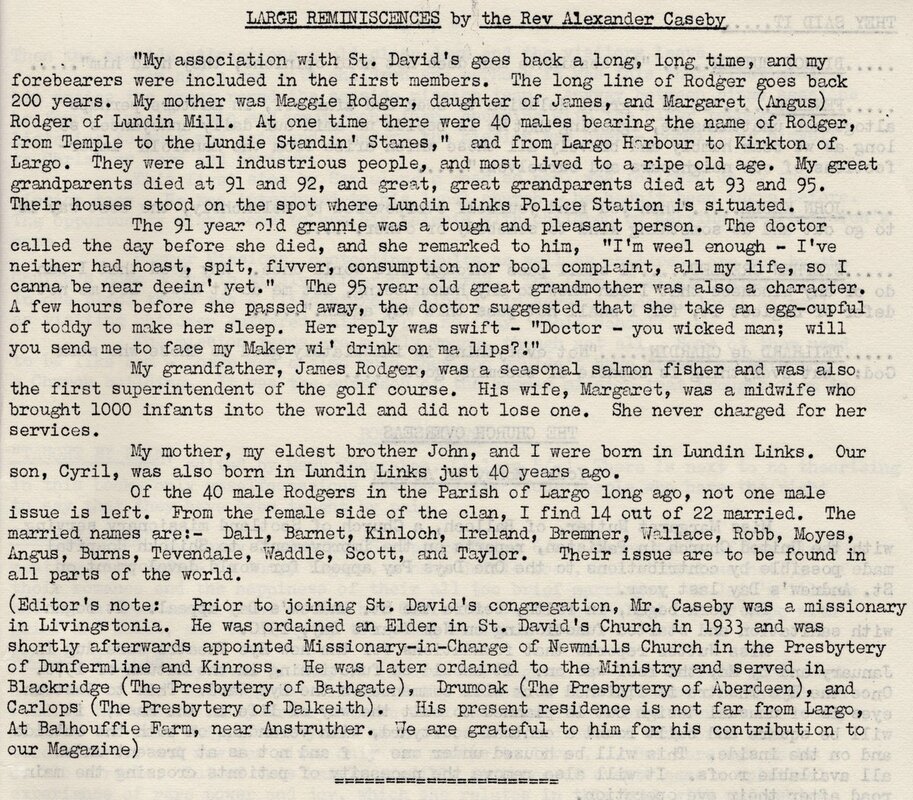
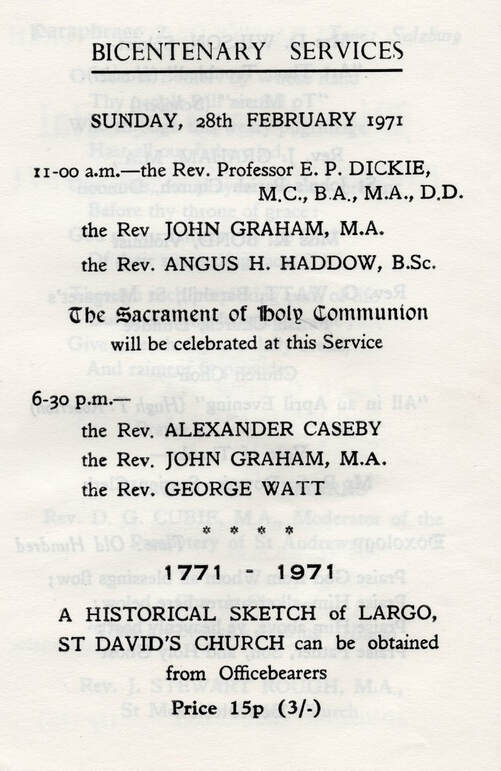
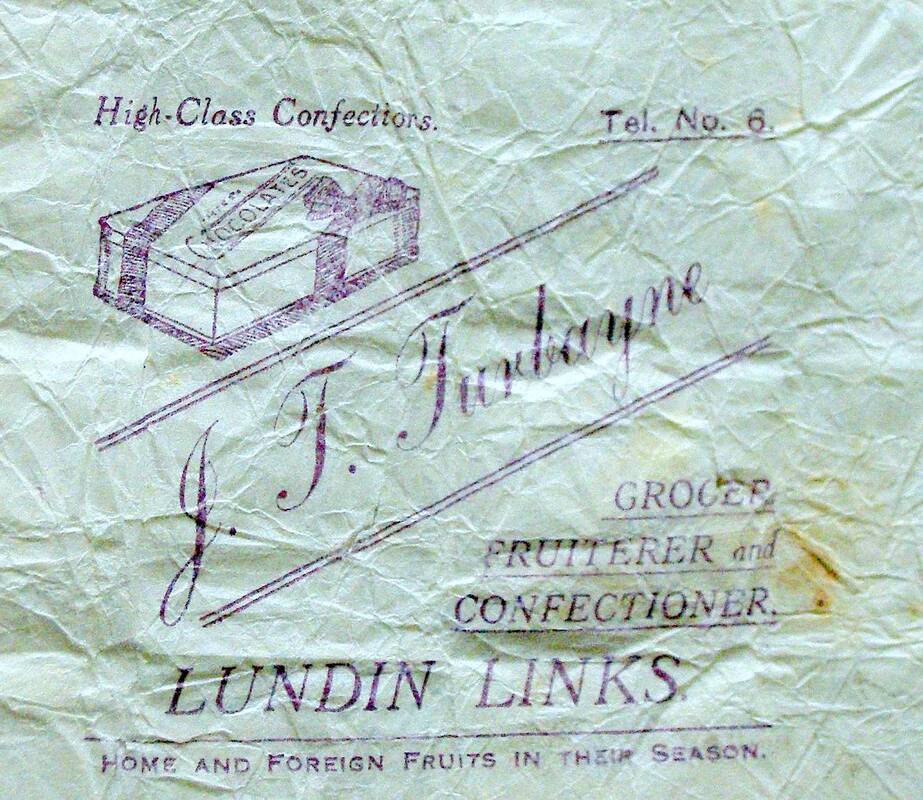
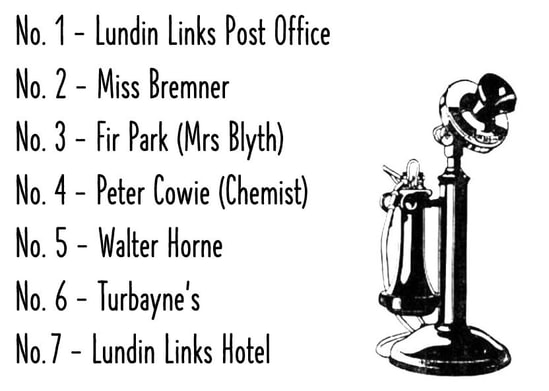
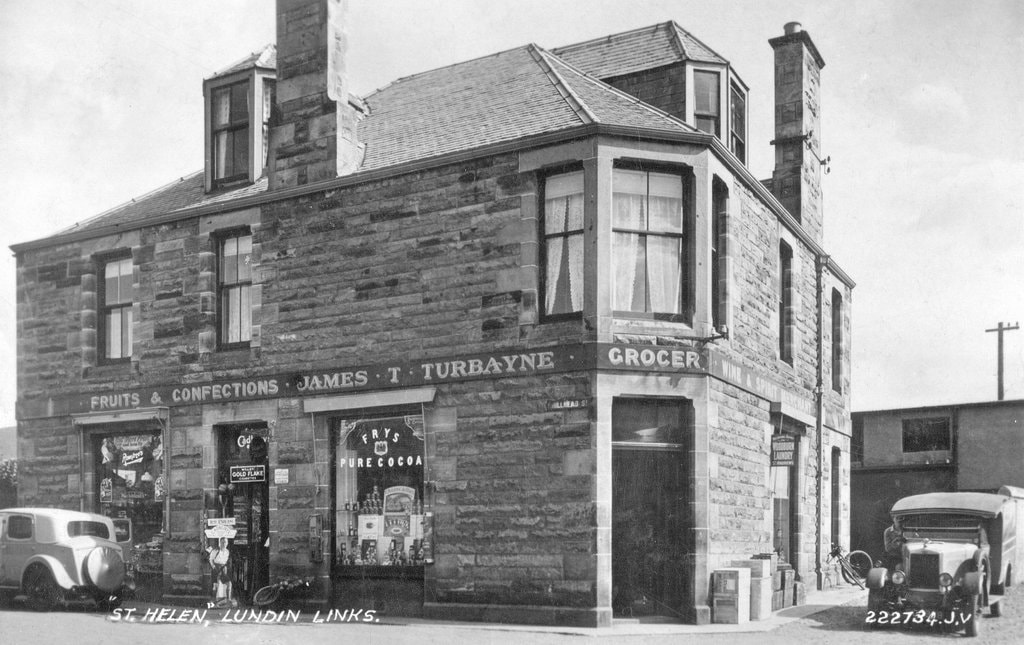
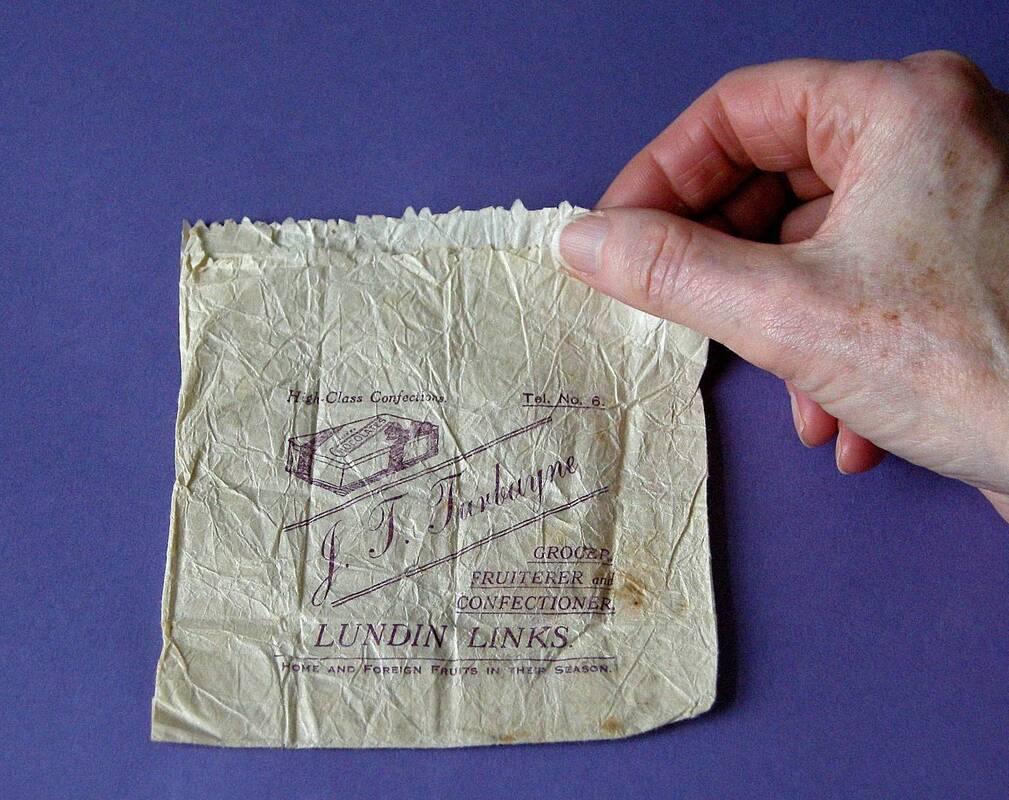
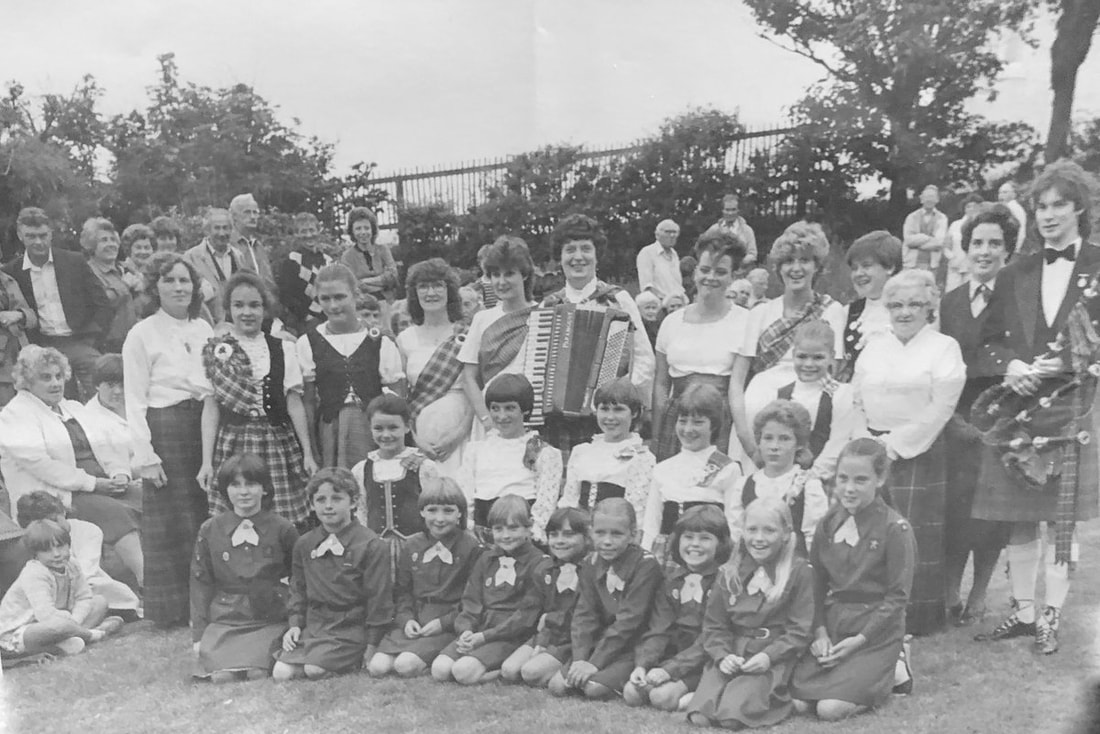
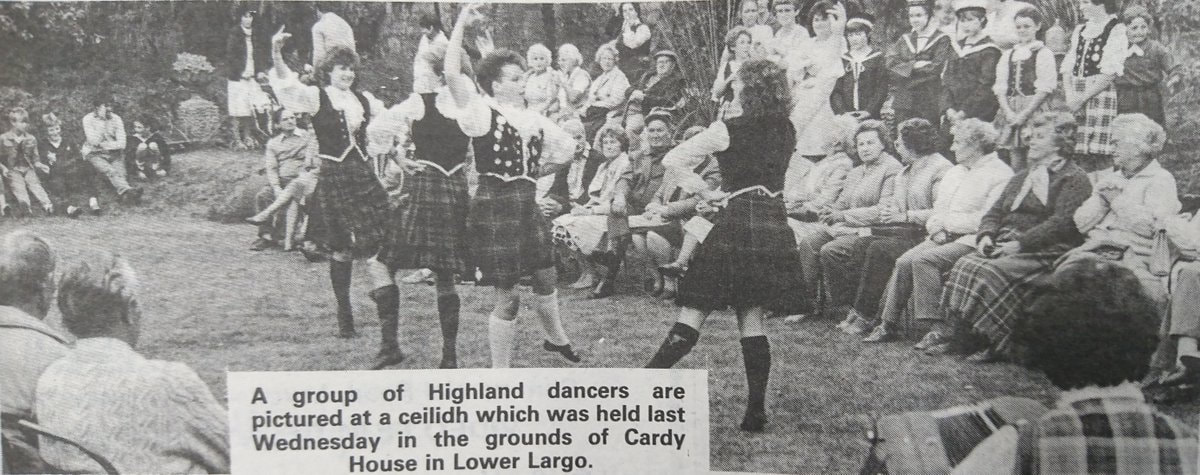
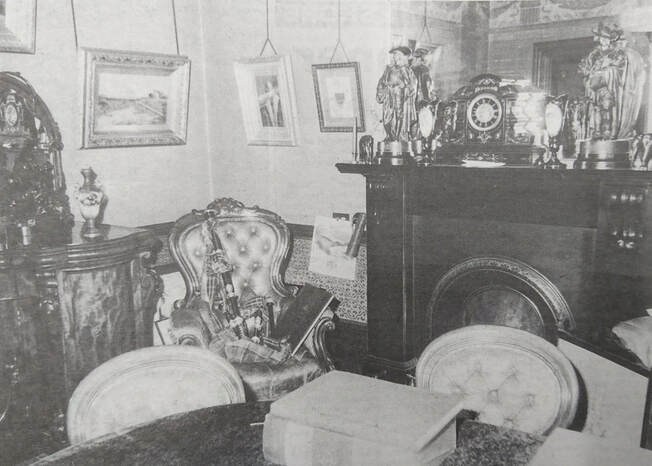
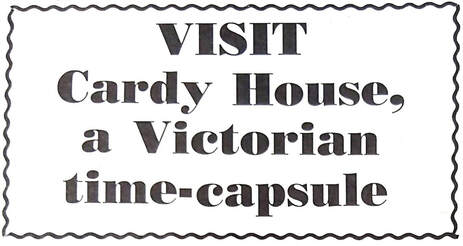
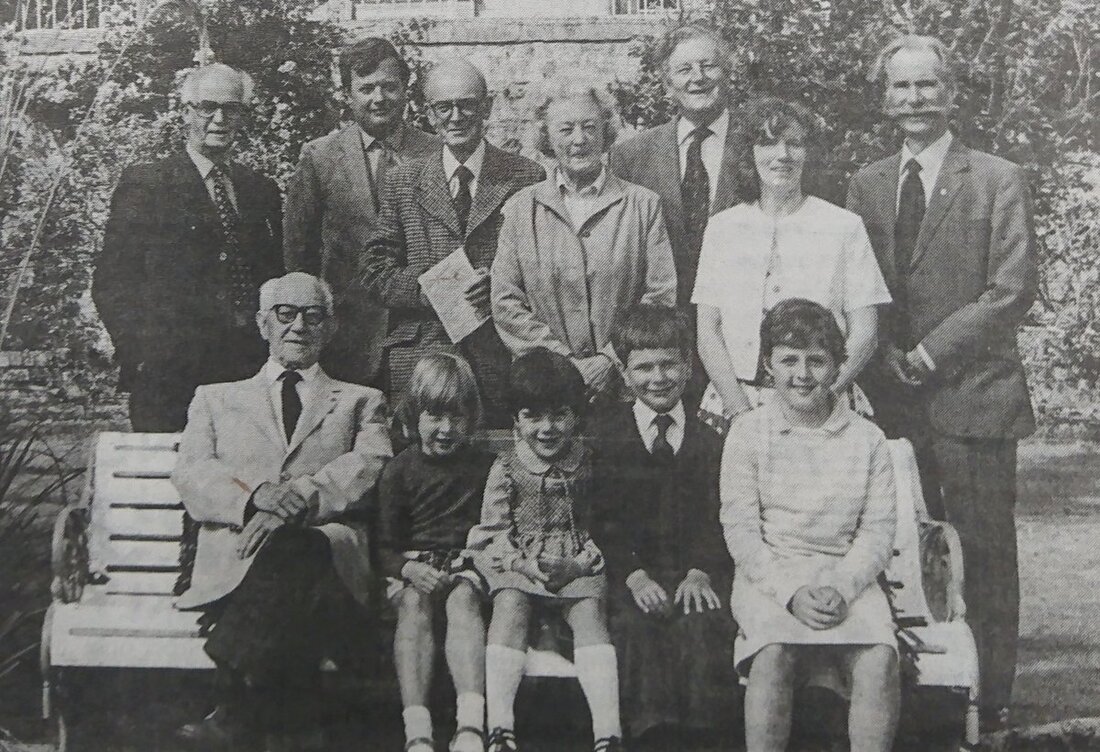
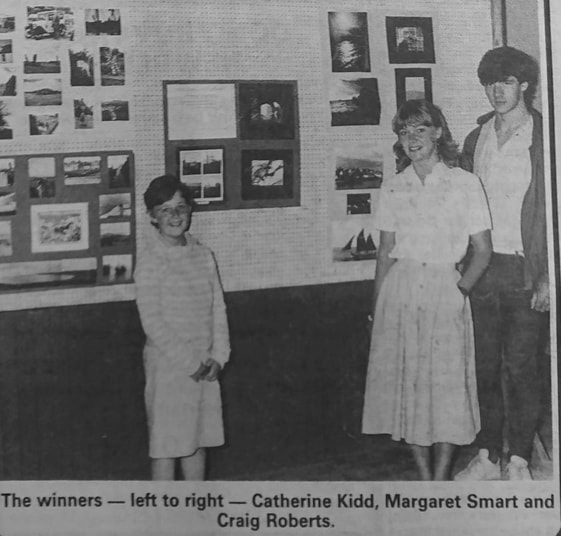
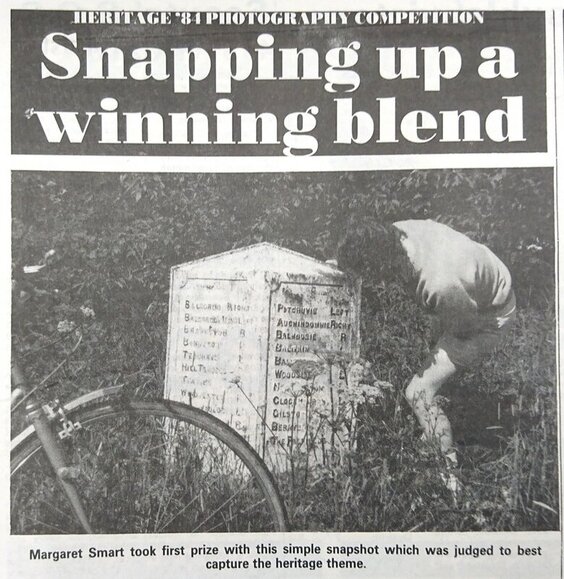
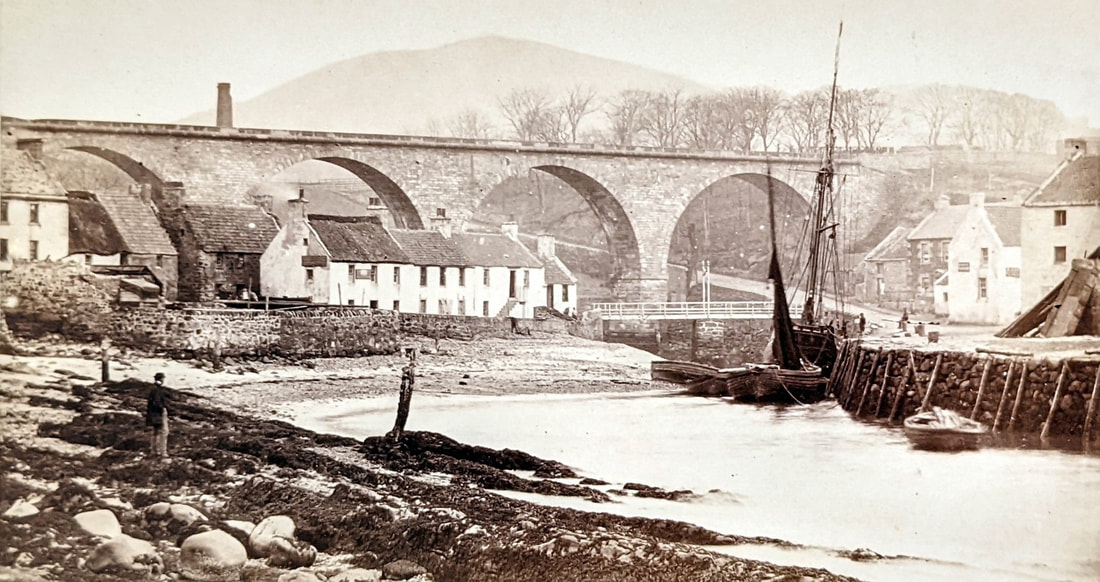
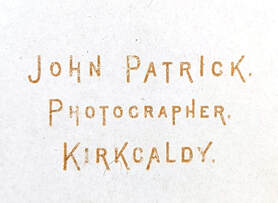
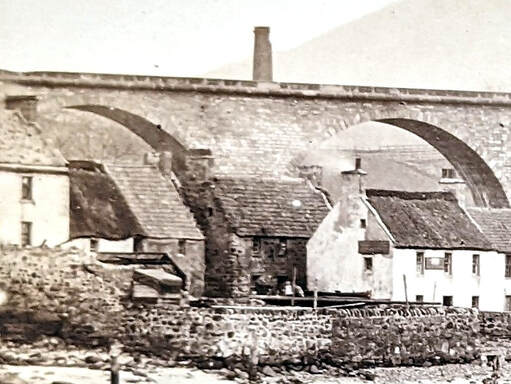
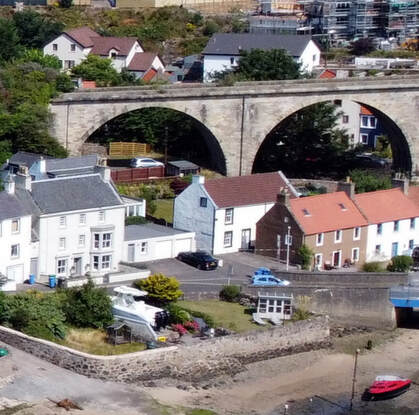
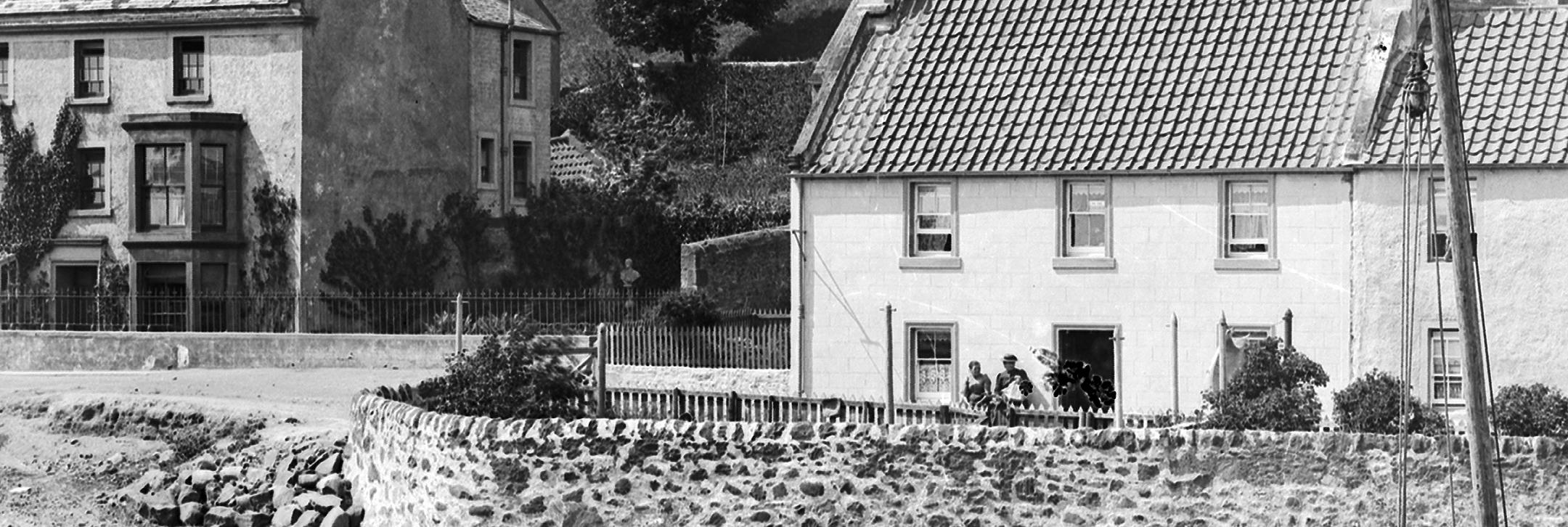


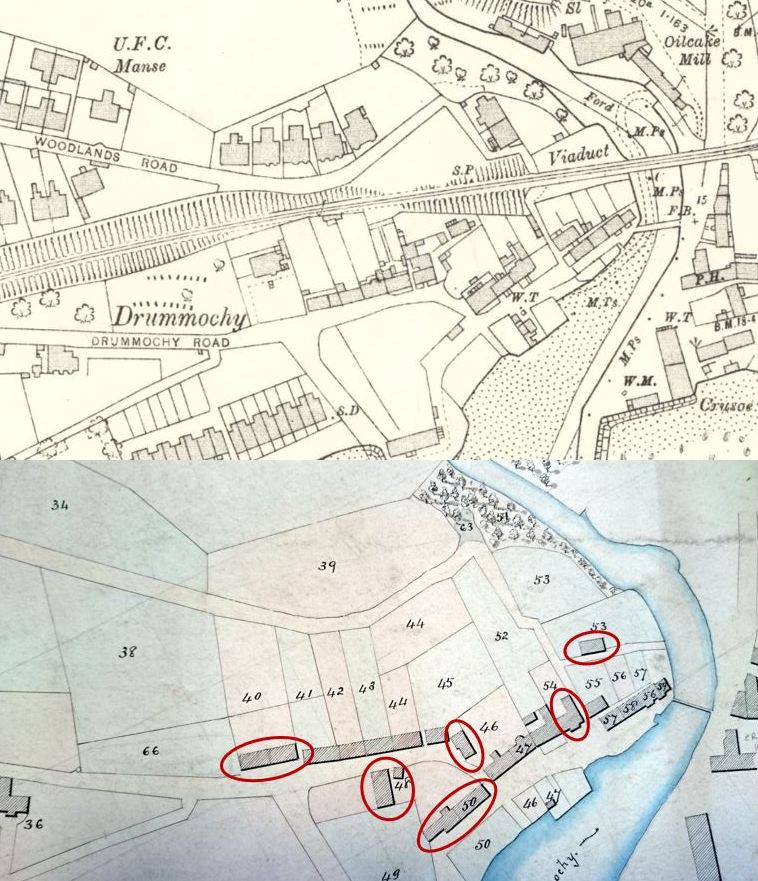
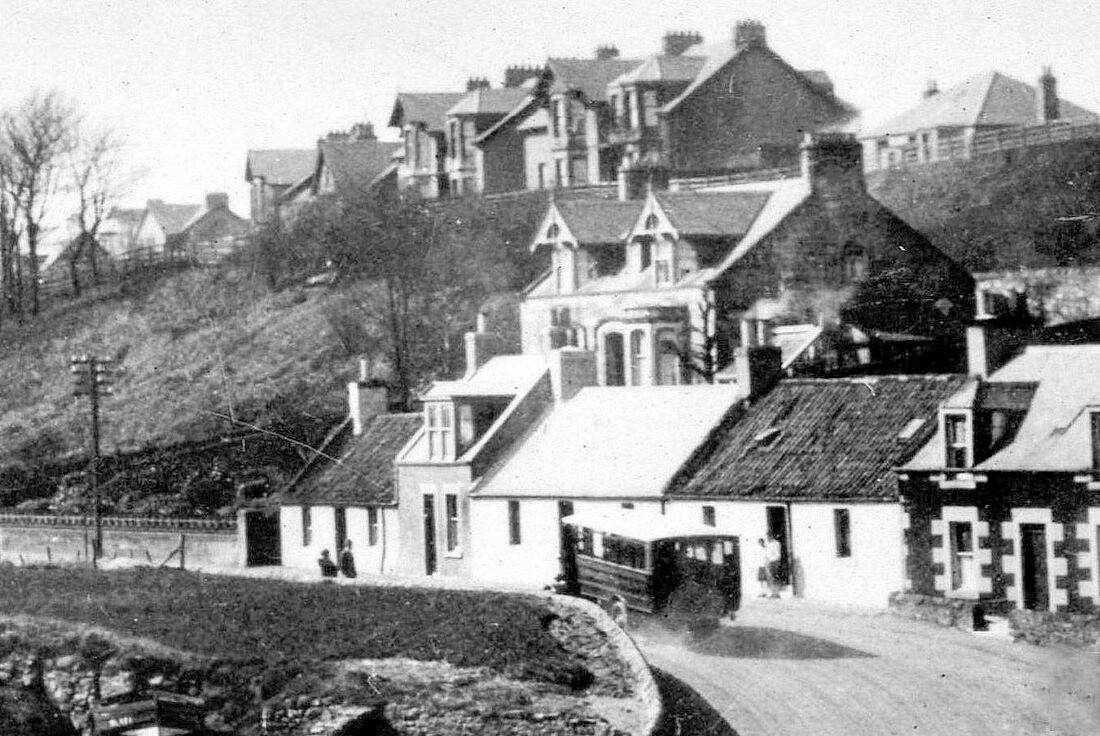

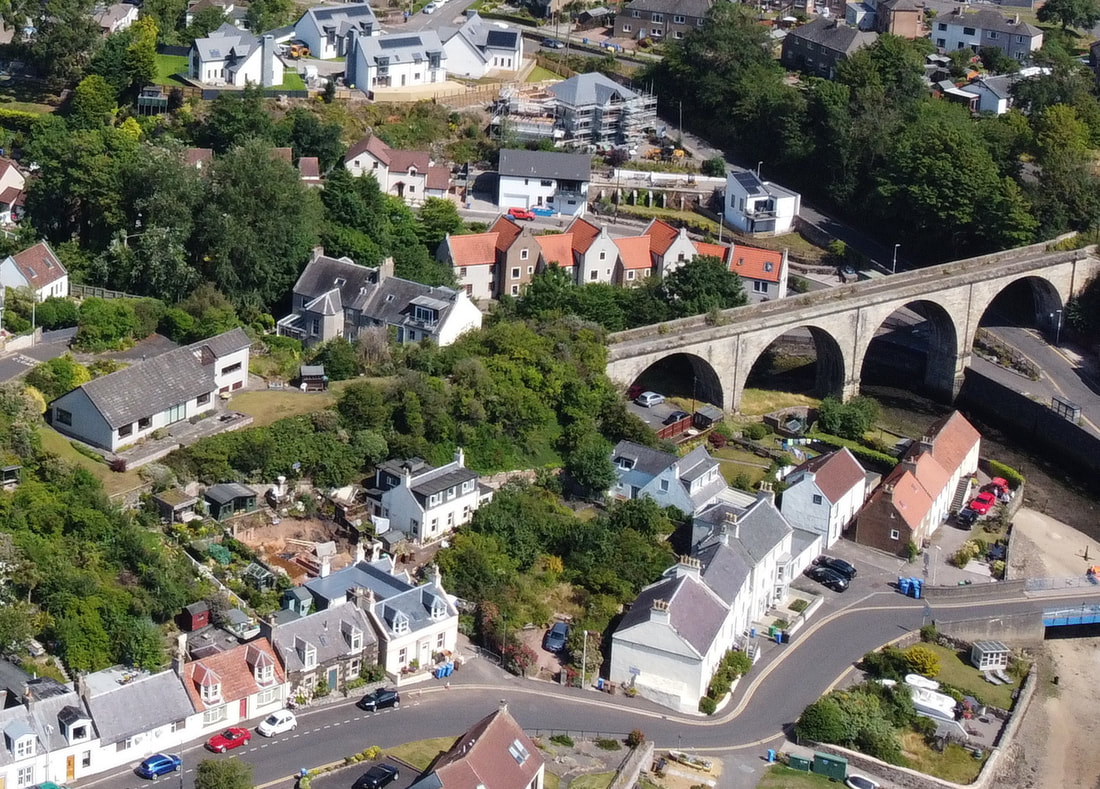
 RSS Feed
RSS Feed
